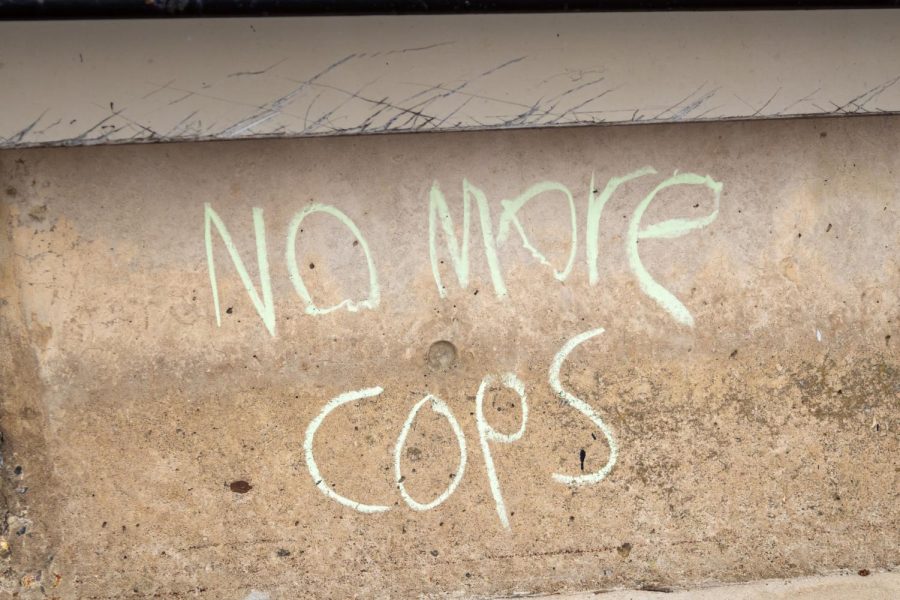In a recent statement, Donald Trump made a clear threat to Republicans. “If we don’t solve the Presidential Election Fraud of 2020,” the statement reads, “Republicans will not be voting in ’22 or ’24.” It’s claims like these that make you wonder if Trump believes the nonsense he’s been spreading. The statement makes sense if you believe the 2020 election was stolen since voting in future elections would be a waste of time. But it goes without saying that Trump’s claims of voter fraud are false. Trump encouraging his supporters to sit out the next election would only ensure that he remains out of office while Democrats expand their control of the government.
Or would it? Trump’s recent threat touches on a debate that has been going on since he first ran for office in 2015: how much of a risk does Trump pose for democracy? The late-night host Bill Maher labeled Trump’s candidacy a “slow-moving right-wing coup” in the weeks leading up to the 2016 election. Others like columnist Ross Douthat agree that Trump has authoritarian aims but argue that “what you see again and again is his inability to get other people and other institutions to cooperate.”
Trump’s recent threat seems to support Douthat’s argument. Trump seems to be either too caught up in his own lies or too focused on his own self-aggrandizement to pursue his goals effectively. But if you look closer, you can see a broader strategy behind Trump’s threat. As the international affairs professor Cas Mudde told Business Insider, “[Trump] wants to remain at the center of GOP politics and prevent the party from moving on without him.” From this angle, Trump is trying to assert his dominance over the Republican Party by threatening to withhold his supporters’ votes should Republicans refuse to follow his lead.
Still, it’s unclear whether Trump could actually convince his voters to boycott the election. Trump and his lawyers made similar threats before the Georgia Senate run-off elections in January and there isn’t much evidence they had a significant effect on Republican turnout. Based on this, the Washington Post correspondent Phillip Bump concludes that Trump is using his recent threats to provide himself with “[a preemptive] rationalization for why he won’t be able to turn out his base.” As Bump elaborates, Trump has been largely unsuccessful in transferring his supporters’ enthusiasm to other Republican candidates. By threatening to withhold his support for Republicans if they don’t “solve” 2020 voter fraud— an impossible task — Trump can blame any potential Republican losses as a reaction to “corrupt” election processes.
The main point that Mudde and Bump highlight is that Trump’s threat is a power play; he’s trying to maintain his influence over Republicans by claiming that they can’t win without his support. While it’s unclear whether this most recent threat will have much success towards this aim, Trump’s overarching goal of retaining his influence over Republicans seems to be working. As Robert Kagan notes in a Washington Post essay, Republicans have proposed or passed laws in 16 states that would shift certain election-related duties from the executive branch to the legislature. Furthermore, Republicans like Brad Raffensperger, who refused to aid Trump’s efforts to subvert the election, are being systematically replaced with more pliant Trump supporters. In other words, Republicans have been weakening the electoral safeguards that prevented them from undermining the election in 2020.
All of this makes Maher’s “slow-moving coup” label seem disturbingly prescient. People have consistently downplayed the danger posed by Trump and at almost every step he has upset expectations. While there is some truth to Douthat’s argument that Trump regularly demonstrates his incompetence, it is worth noting that he was able to incite an insurrection on the Capitol. He has proven time and time again that he can inflict real harm on our democratic process, so we shouldn’t assume that he can’t do it again.
Benjamin Schnurr can be reached at [email protected] and followed on Twitter at @Ben_Schnurr.



















